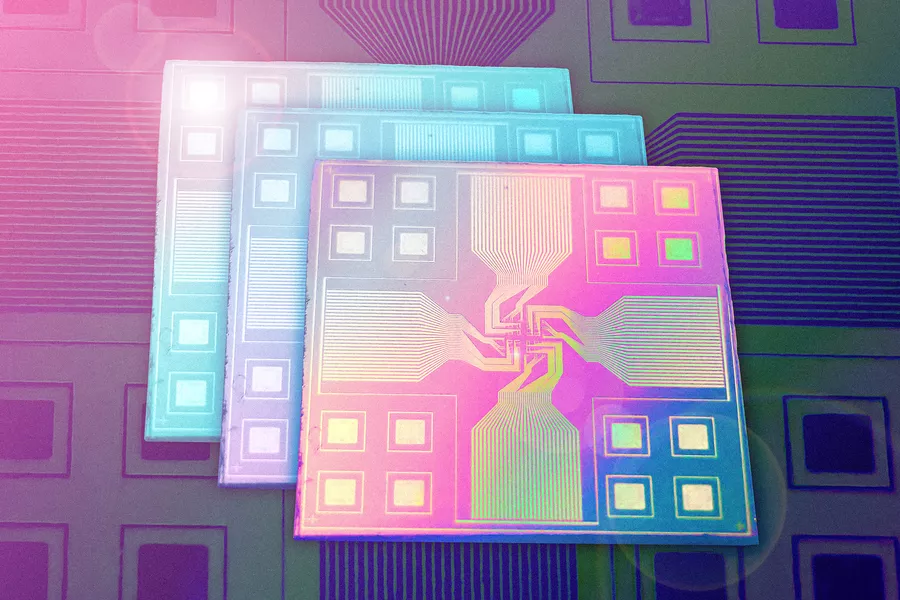Imagine a more sustainable future: your mobile phone, smart watch and other wearable devices don't have to be shelved or discarded for upgrading. Instead, they can be upgraded with the latest sensors and processors, which can be installed on internal chips and integrated like Lego bricks. MIT engineers used LEGO like designs to create a stackable and reconfigurable artificial intelligence (AI) chip. This chip component keeps the device up to date while reducing electronic waste. Related research was published in nature electronics.

The new design uses light instead of physical wires to transmit information through the chip. Therefore, any number of computing layers and light, pressure and even odor sensors can be added as needed. Researchers call it a Lego like reconfigurable AI chip because it has infinite scalability according to the combination of layers.
In the new chip design, the researchers paired the image sensor with the artificial synaptic array and trained each synaptic array to recognize some letters - in this case, m, I and t. the team built an optical system between each sensor and the artificial synaptic array to realize the communication between layers without physical connection, so the chips can be stacked and added freely in the desired way.
The photodetector can constitute an image sensor that receives data and transmits the data to the LED on the next layer. When a signal (such as an image of a letter) reaches the image sensor, it will stimulate another layer of photodetectors and an artificial synaptic array, which classifies the signal according to the pattern and intensity of the incident led light.
Based on this, the team made a chip and stacked three image recognition "blocks", each of which consists of an image sensor, an optical communication layer and an artificial synaptic array for classifying one of the three letters M, I or t. Then they illuminated the chip with a pixelated image of random letters and measured the current generated by the response of each neural network array. The higher the current, the more likely it is that the image is indeed a specific array of letters.
This design demonstrates stackability, replaceability and the ability to insert new functions into the chip. The researchers envision making a general chip platform, each layer can be sold separately like a video game; Or make different types of neural networks, such as image or speech recognition, to let customers choose what they want, and then add them to the existing chip like Lego bricks.